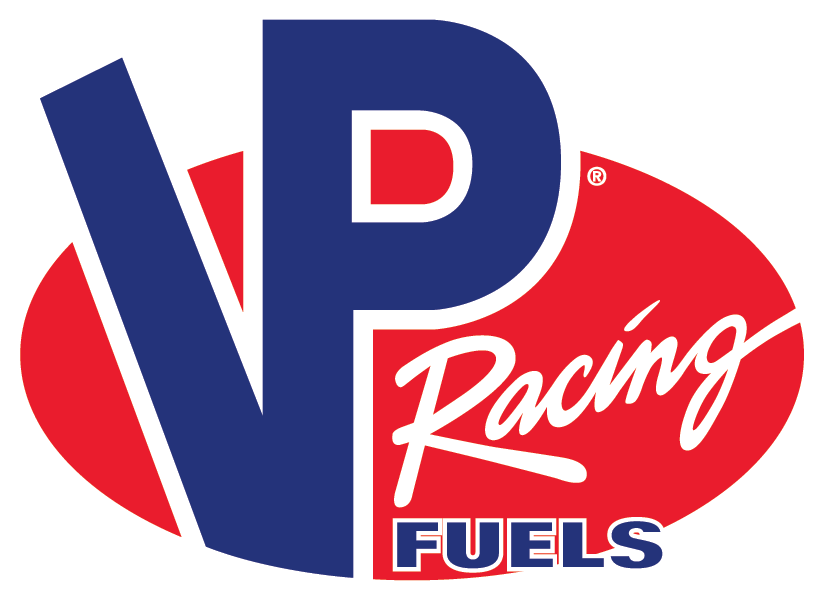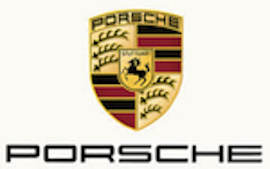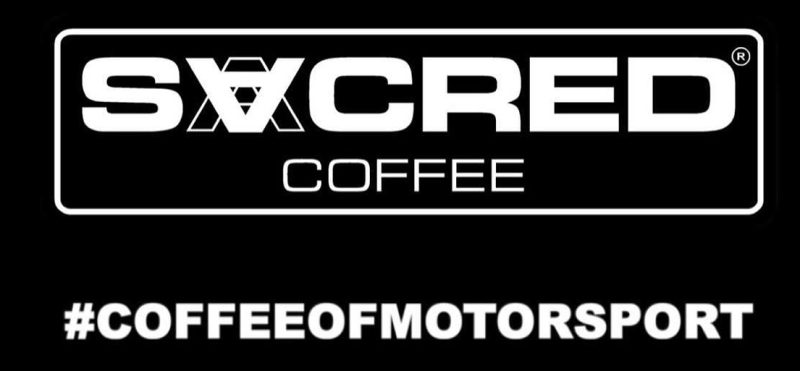“The full 1937 GP season began three weeks after the ’37 24 hours and the German teams did exactly what the ACF had feared in a manner unseen by the rules makers.
Not only had the German domination of grand prix racing chased the French into the sports car business in a major way, Le Mans’ dormant year turned the old order inside out. The front of the field was decidedly blue: two works Bugatti T57Gs (that had won so convincingly at Monthlery), two Talbots and seven somewhat more prosaic 3.6 liter Delahaye 135s. The French occupied the major share of the cars aimed at the Champion bridge. The British brought 18 entries but the only large displacement British car was the 4.4 liter number-three Lagonda of 1935 winner John Hindmarsh. The rest of the Britons raced for the undercard in the two and 1.5 liter classes. Adler sent a pair of streamlined (if not necessarily aerodynamic) coupes from Germany and the BMW roundel made their first appearance in the 24 Hours. Emile Darl’mats gorgeous twin Peugeot 302DSs were the blue part of the juicy two-liter class. In all a juicy 48 car entry, half of them French recalling the race’s earliest years.
Brooklands 24-hour record holder John Cobb dropped the flag and sent the 48 on their way. One of the new Delehayes charged the scrum taking the lead just past the Hippodrome Café at Hunaudieres with Raymond Sommer’s blown Alfa second into Mulsanne. Sommer accelerated into the lead on the run to Indianapolis demoting “Raph’s” Talbot. The first British car across the line on lap one was 1935-winner; Hindmarsh’s Lagonda in tenth just behind GP ace Wimille’s voluptuous 57S “Tank”.
Sommer had covered the first lap at nearly 87 mph from a standing start and urged the lap average to 90 mph during the next few laps. Wimille was already comfortable and on the fourth lap erased Nuvolari’s 1933 lap record with the unsupercharged Bugatti at 92.58 mph moving into second place behind Sommer’s Alfa. The Le Mans “rookie” passed Sommer on the next lap and settled in for the slog to Sunday afternoon. The four-liter #21 Talbot of double winner (and Parisian Talbot dealer) Luigi Chinetti and Louis Chiron was first into the dead car park after just seven laps.
The carnage came two laps later near White House. Wimille and Sommer had banished the rest of the field to spear carrier status and the “second-race” clot of supporting players were running in a loose pack on the ninth lap when Kippeurt’s Bugatti skidded off the road into the earth bank. The Bugatti cut down a length of fence and tossed its driver into the road. Roth swerved his BMW to avoid poor Kippeurt’s body and went into the hedge nose first continuing into the field just beyond. Pat Fairfield’s #28 Frazier-Nash BMW was next. It hit the wreckage of Kippeurt’s Bugatti with enough force to knock the engine out of the chassis and into the road! Tremoulet’s 3.6 Delahaye struck the Frazier-Nash and catapulted over the wreckage into the field. Instantly Raph’s number-seven Talbot T150C hit the Delahaye. Then Forestier’s Riley then hit both.
Kippeurt was dying when help reached him. Roth was slashed by the hedges but otherwise sound. Pat Fairfield was taken to hospital. An operation failed to save him.
A lap later Sommer’s Alfa lost power on Hunaudiers and just limped to the pits to retire leaving just one supercharged Alfa running. Wimille moved the lap record up to 95.5 mph at the two and a half hour mark. By then he had lapped every car on the course at least once. An hour later he turned the leading number-two Bugatti to Robert Benoist (the 42 year old winner of the 1929 24 Hours of Spa) who proceeded in the cool of the evening to raise the lap record to just over 96 mph.
The rains came near the four-hour mark. Benoist prudently slowed his pace in the leading Bugatti to a crisp 80 mph average. When the rain stopped the Parisian Bugatti agent resumed his pace and lapped almost monotonously at 90 mph while Paul’s #14 Delahaye fought a relentless battle for third with Veyron’s 3.3 liter number-one Bugatti.
By then Benoist and Wimille were in a world of their own. The only evidence of a miscue came Sunday morning when Wimille appeared at the pits with mild cosmetic damage to a wing. Just after 3:00 p.m. as the race entered its final hour Benoist pitted the Bugatti, having already eclipsed Nuvolari and Sommer’s 1933 record distance. Gallantly he surrendered the two-tone blue car to his teammate giving Wimille he honor of driving the winning Bugatti across the finish line.
The partisan crown was treated to a 1-2-3-4 French finish with Ecurie Bleue Delahayes second and third and the #19 three-liter Delage of Gerard and de Valence fourth. Aston-Martin won the 1.5 liter class with a superb fifth overall and the 1600cc Adler coupe won the two-liter class in sixth.
It was a politically and economically instructive 24 Hours. The 2000 mile barrier had been crossed; a French car had won Le Mans for the first time since 1926, and the race had suffered its first fatalities since 1935. Aerodynamics showed that this obscure new automotive science might well be more effective and economical than supercharging. Bugatti proved the commercial and promotional efficacy of a Le Mans program instead of a full-season grand prix campaign. The crushing win by Wimille and Benoist presaged the day when top level professionals would be required on the Sarthe. Le Mans was becoming far too important to leave in the hands of even the most splendid amateurs.”














